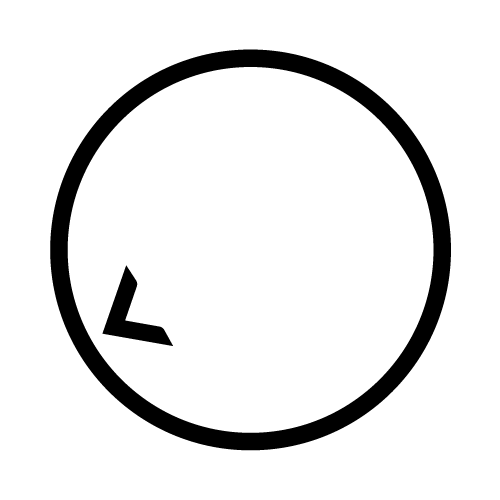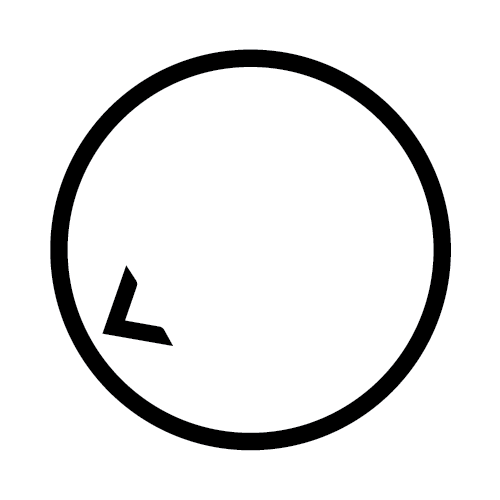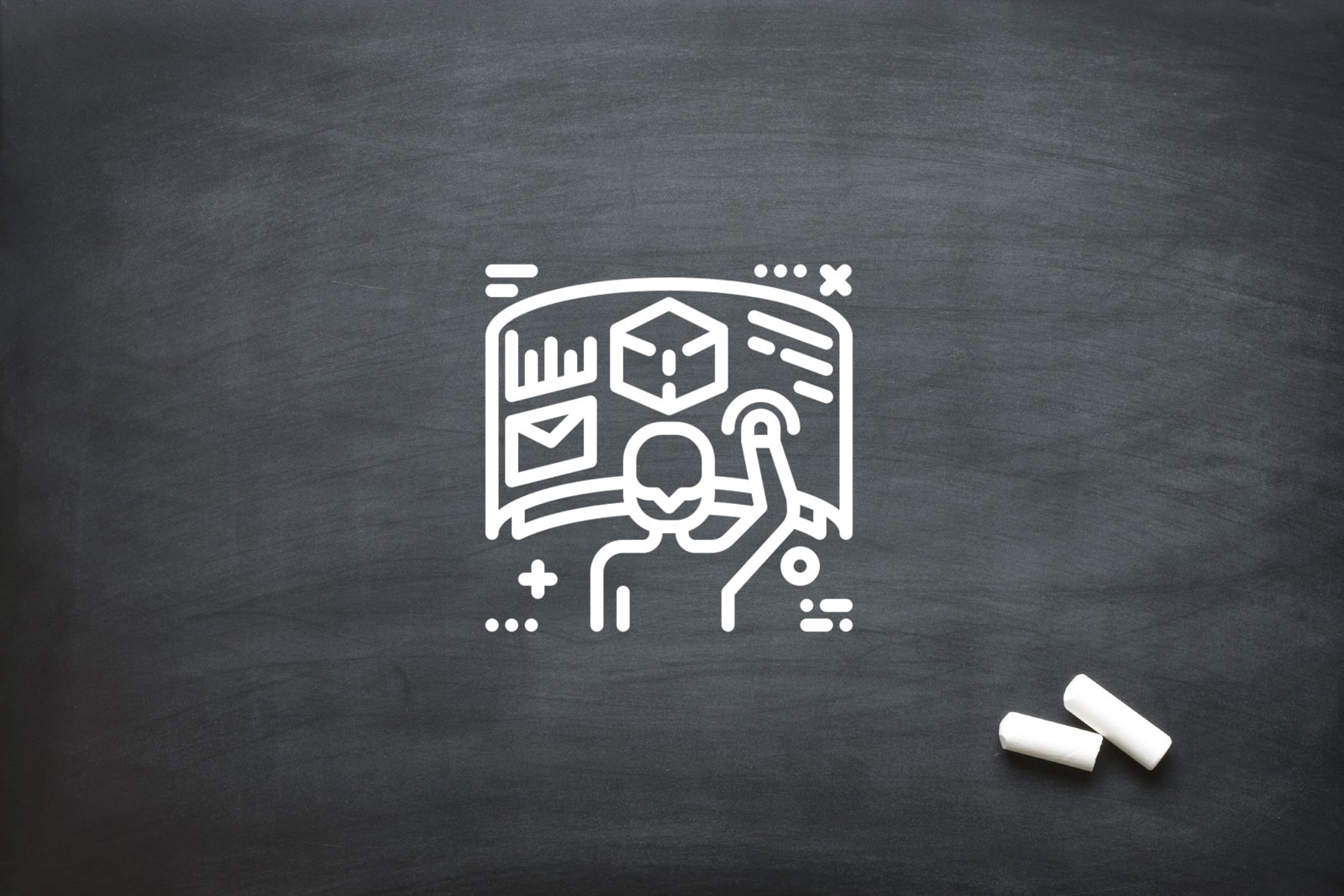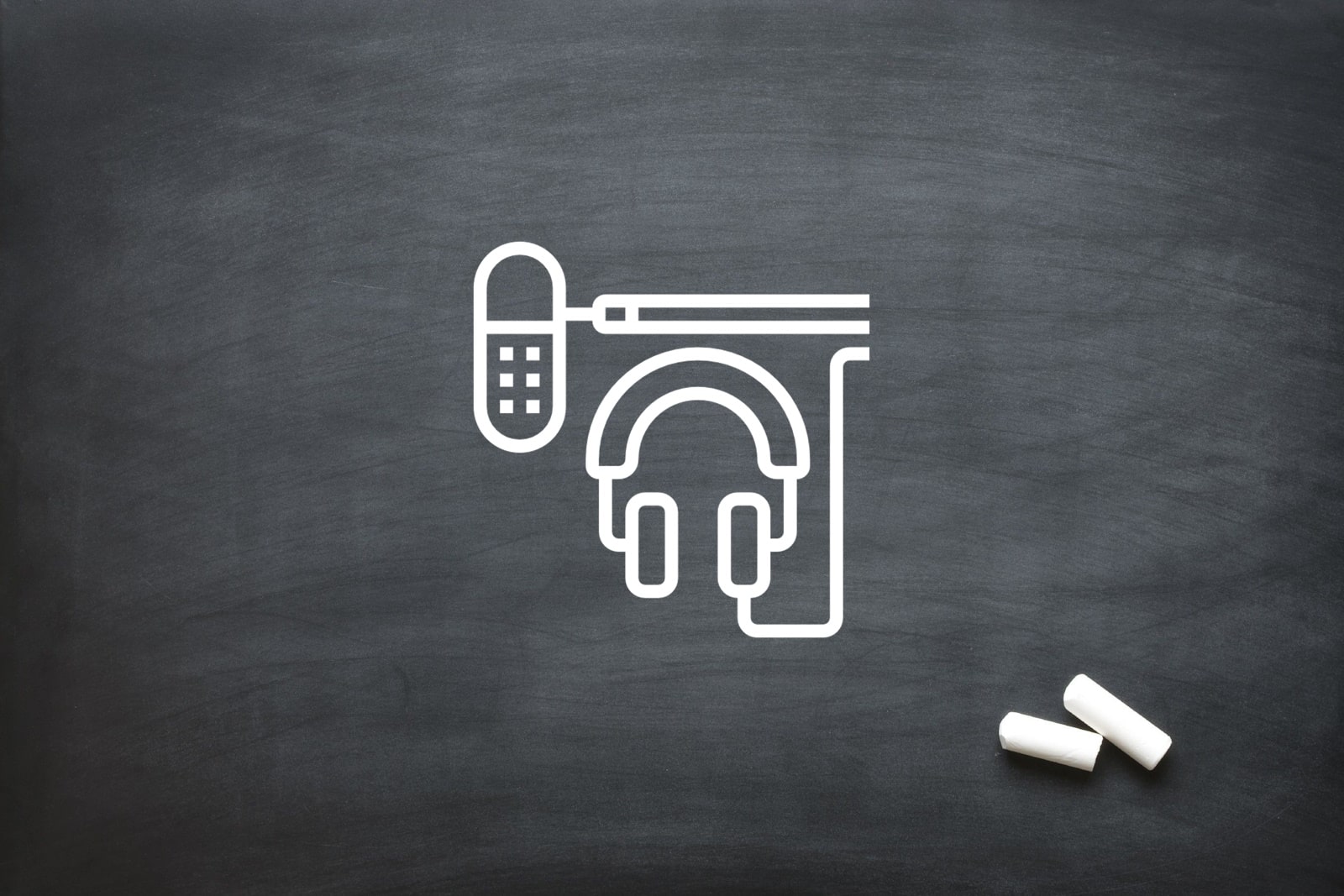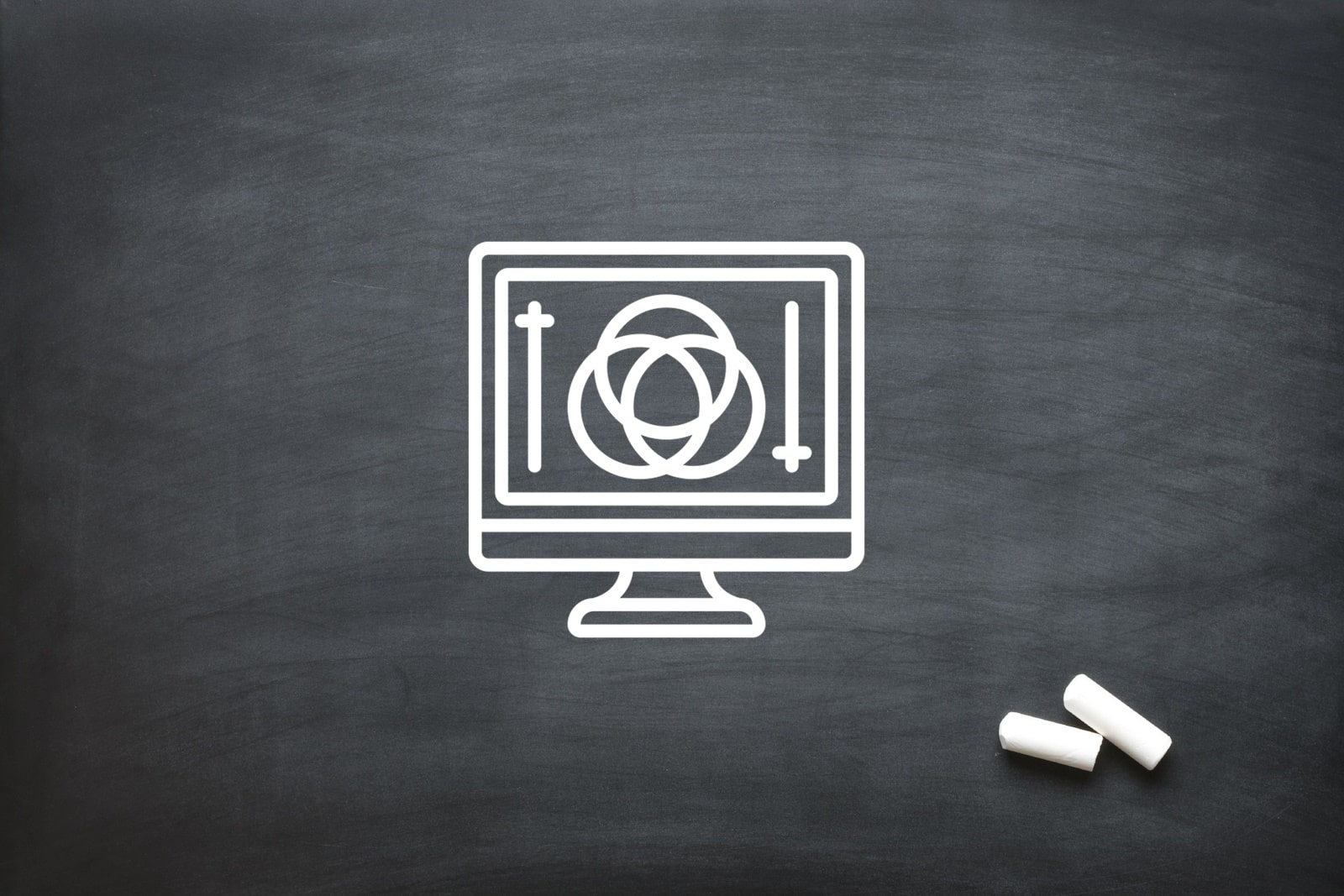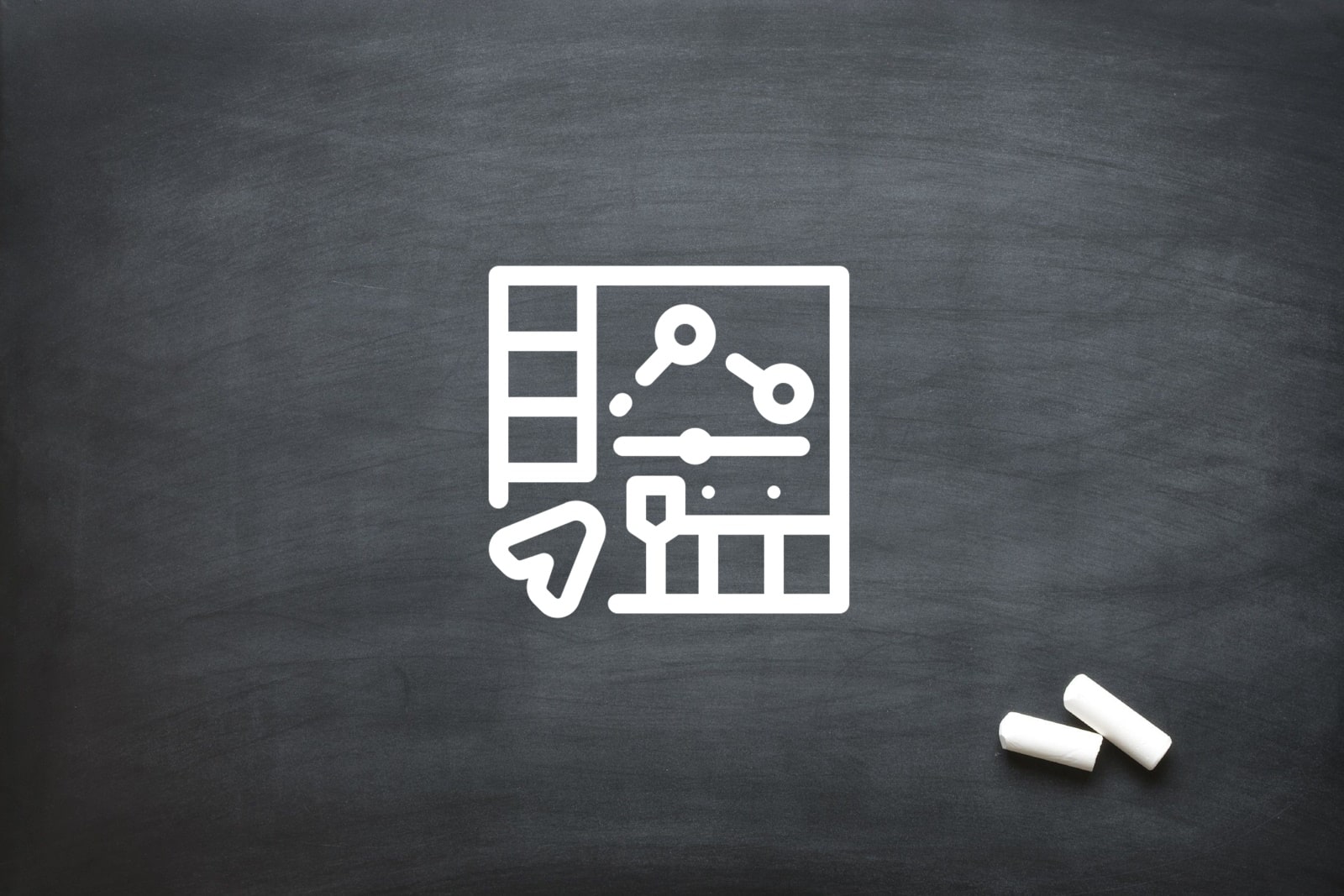
Motion Capture vs. Keyframe Animation: Inside an Animation Studio
The world of animation has evolved significantly, offering different techniques for an animation studio to bring characters and scenes to life. Two of the most widely used methods are motion capture (mocap) and keyframe animation. Each has unique advantages, applications, and costs that make them suitable for specific projects. Whether you are producing a film, a game, or an advertisement, choosing the right approach can have a significant impact on the final product.
When to Use Motion Capture vs. Keyframing
Film
Motion capture is often the preferred technique in live-action and CGI-heavy films. It captures realistic human movements, reducing the need for animators to manually create lifelike performances. However, keyframing remains essential for exaggerated expressions, stylised animation, or fantasy sequences where physics-defying movements are required.
Gaming
Gaming relies on a mix of both methods. Motion capture is useful for creating natural character movements, especially in sports and action-adventure titles. However, keyframing is indispensable for animating creatures, special attacks, and unique game mechanics that cannot be performed by human actors.
Advertising
For commercial animation, the choice depends on the desired outcome. Motion capture is ideal for realistic storytelling, while keyframe animation allows for more dynamic, creative, and visually striking content. Brands seeking a more artistic approach often prefer keyframing to give their advertisements a distinctive style.
Animating Non-Human Characters: Can Motion Capture Replace Keyframing?
One of the biggest limitations of motion capture is its reliance on human movement. While it excels at replicating human gestures, it struggles when applied to non-human characters such as creatures, robots, or fantasy beings. Even when using digital rigs and AI-powered adjustments, motion capture often requires significant post-processing to make the movements feel natural and cohesive within the animated world.
Keyframe animation, on the other hand, allows animators complete creative control over every movement. When designing characters that do not exist in reality, such as dragons, alien species, or anthropomorphic animals, animators rely on their artistic skills to craft believable motion that enhances the storytelling experience.
Cost Comparison: Motion Capture vs. Keyframe Animation
Cost is a critical factor when choosing between motion capture and keyframe animation.
Motion Capture Costs
- Requires specialised equipment, motion capture suits, and dedicated animation studio space.
- Involves hiring trained actors for performance capture.
- Additional costs for data clean-up and refining captured animations.
- Can be cost-effective for large-scale projects with extensive character animation.
Keyframe Animation Costs
- Heavily dependent on the skill and time of professional animators.
- No need for additional hardware or actor performances.
- Allows for complete creative control, reducing the need for post-production fixes.
- More cost-effective for smaller projects or stylised animation.
While motion capture can speed up production, keyframing offers greater flexibility and can be more affordable depending on the complexity of the animation required.
The Role of AI in Motion Capture and Keyframing
Artificial intelligence is rapidly changing the animation industry. AI-driven tools are improving the efficiency of both motion capture and keyframe animation, making it easier for studios to produce high-quality content.
Enhancements in Motion Capture
AI is streamlining motion capture by reducing the need for expensive studio setups. Advanced machine learning algorithms can now refine raw motion data, removing errors and improving fluidity without extensive manual intervention. This advancement makes motion capture more accessible and cost-effective.
AI-Assisted Keyframing
For keyframe animation, AI-powered tools are helping animators by automating tedious tasks such as in-betweening and motion smoothing. This allows artists to focus on creative elements while maintaining precision in movement. AI-generated motion paths also help speed up production, ensuring smoother and more realistic animation.
As technology continues to evolve, AI will further bridge the gap between these two techniques, enhancing their efficiency and reducing production costs.
Conclusion
Both motion capture and keyframe animation play crucial roles in the animation industry. The decision to use one over the other depends on the project’s requirements, budget, and creative vision. While motion capture is unparalleled in creating realistic human movements, keyframing remains the gold standard for stylised animation and non-human characters.
At Oliver Karstel Creative Agency, we specialise in crafting high-quality animations tailored to your project’s needs. Whether you require the precision of motion capture or the artistry of keyframe animation, our animation studio has the expertise to bring your vision to life. Contact us today to discuss how we can elevate your next animation project.
